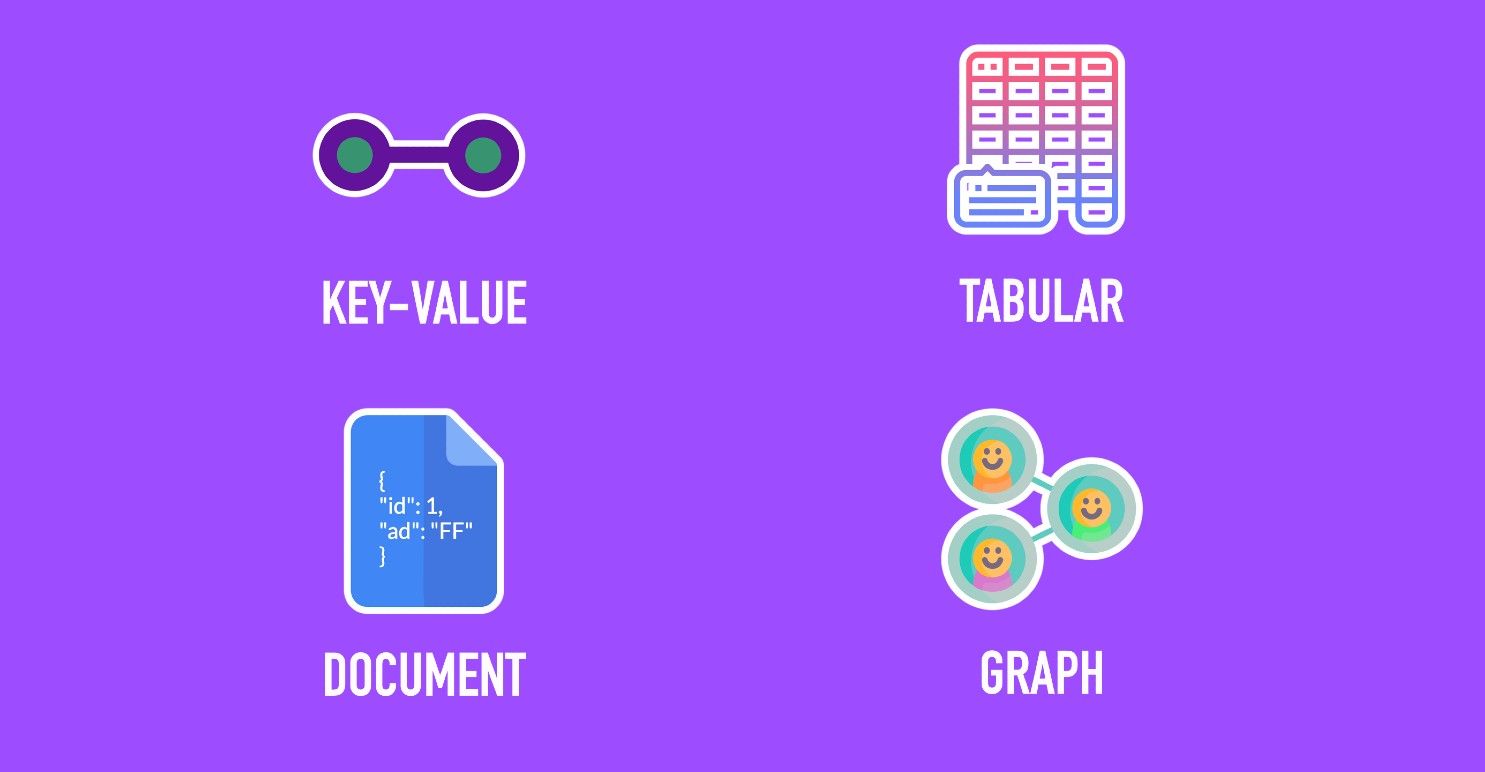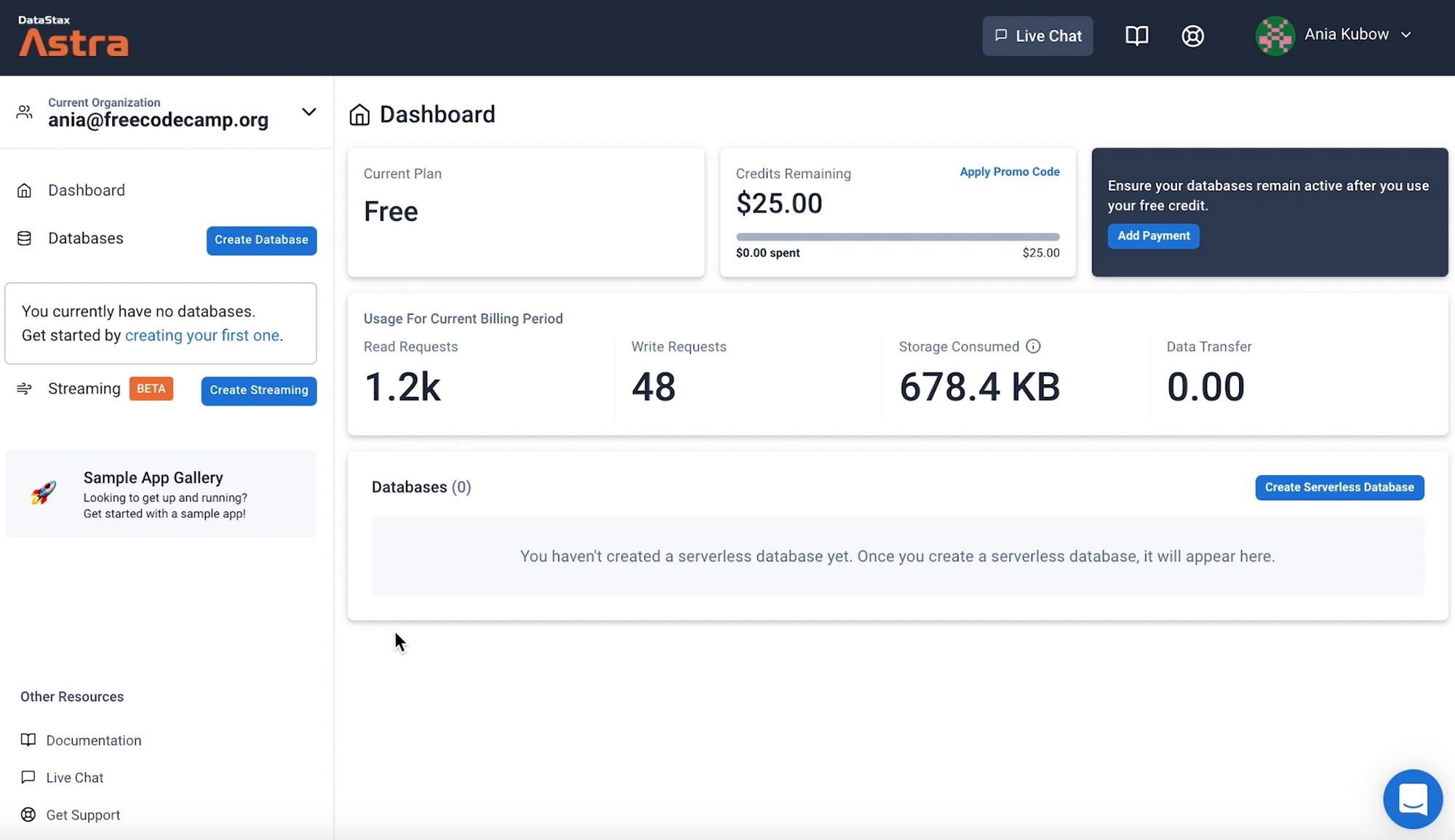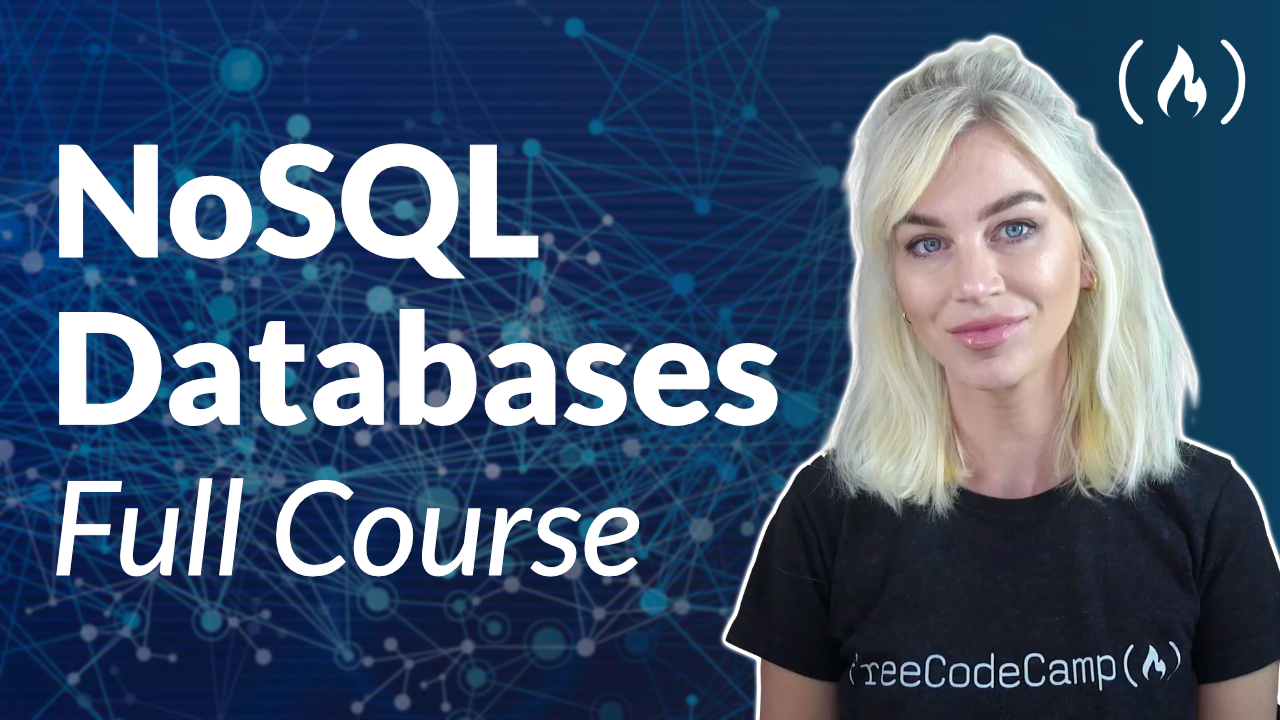NoSQL Databases can sometimes seem confusing and overwhelming, partly because of their flexibility.
This is why we have put together a 3-hour video course to help you understand exactly what a NoSQL Database is, as well as the different types available to you.
By the end of this course, you will have built 4 databases based on the 4 main types, and you'll have practised your learnings by building out projects.
But first, let's start with the basics.
What is NoSQL?
So the first thing you need to know is that NoSQL is an approach to database management.
It’s considered to be super flexible as it allows for a variety of data models, such as 'key-value', 'document', 'wide-column or tabular' and 'graph' formats.

These are the 4 we will be looking at closely in the video course, as well as the new emerging trend of Multi Model Databases.
With each deep-dive on the 4 NoSQL database types, we will be approaching each learning as an explanation, example, and exercise – so the 3 E’s – in order to fully grasp the topic we are discussing.
How do Databases Work?
Databases have multiple layers. The first layer is an interface, or in other words a visual platform where you can visit and interact with data. This is where you'll find the format, the language, and the transport.

In this video course, the interface we are going to use is called Datastax Astra Database management system. This is where we will be creating all 4 of our database types for the example and exercise parts.
DataStax Astra DB is an autoscaling database-as-a-service built on Apache Cassandra, designed to simplify cloud-native application development.
Because it is built on Apache Cassandra, you will see us using the Cassandra Query Language, or CQL, a few times in this course. CQL offers a model close to SQL in the sense that data is put in tables containing rows of columns. These languages are how we interact with the data in our database.
The next layer of a database is the execution layer. This is where we parse the incoming queries, coming from our interface. It is also used as an analyzer and a dispatcher.
And finally we have the storage layer, where the indexing of data happens.

Using Datastax Astra will allow us to create all 4 types of database types for this tutorial, so I won’t have to sign up to separate database management systems for each section. But you don't have to use it. There are literally dozens and dozens to choose from, so feel free to take your pick.
Let's get to it!
Now that you know what NoSQL databases types we will be learning about, as well as how Databases work, let's get to learning more about each one in detail.
Here are the topics this course will cover:
- What is NoSQL?
- Why use NoSQL?
- SQL vs NoSQL
- How to set up our Database
- Tabular Type
- Document Type
- Key-value Type
- Graph Type
- Multi-Model Type explained
- Project – How to use the Document API
- Project – How to use the GraphQL API
- Where to go next
Watch the course below or on the freeCodeCamp.org YouTube channel (3-hour watch).
Follow me on Youtube for more videos on Software Development:

